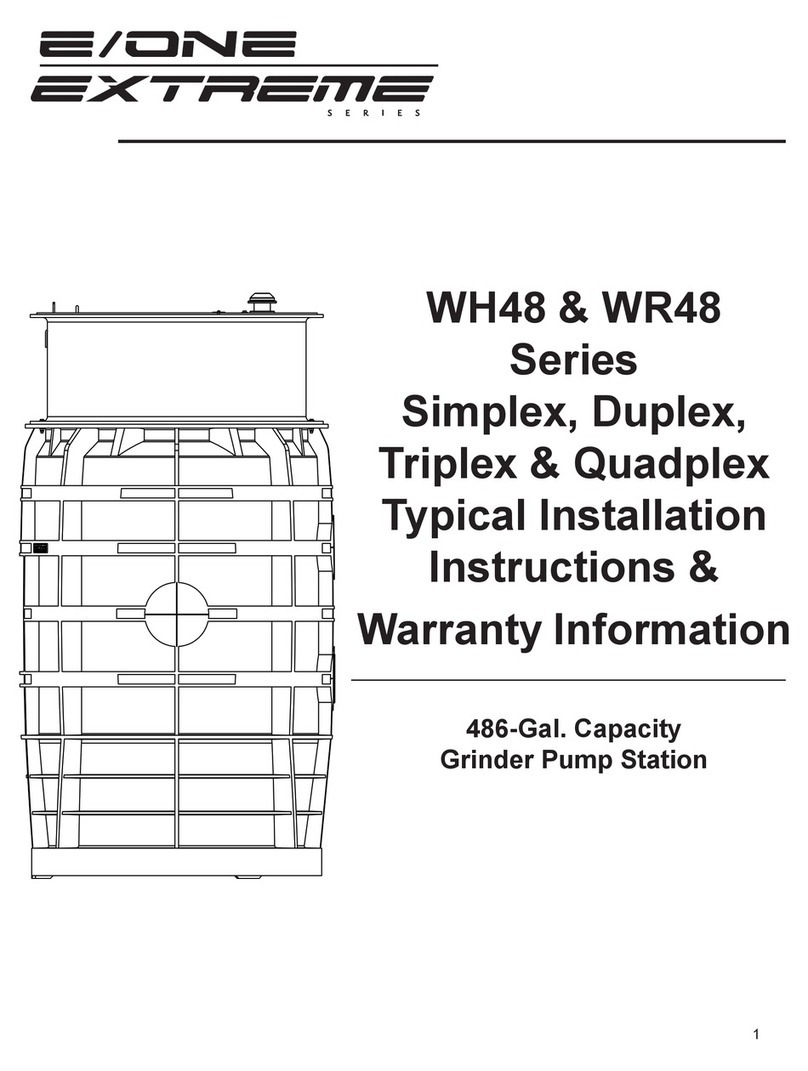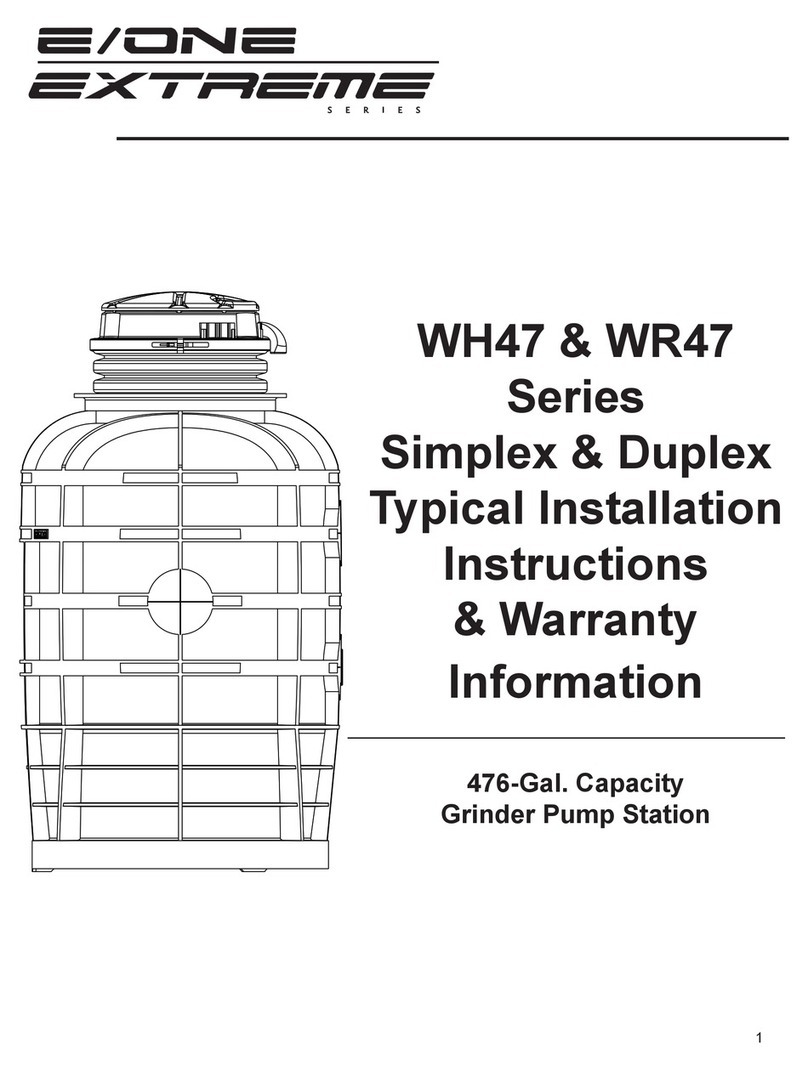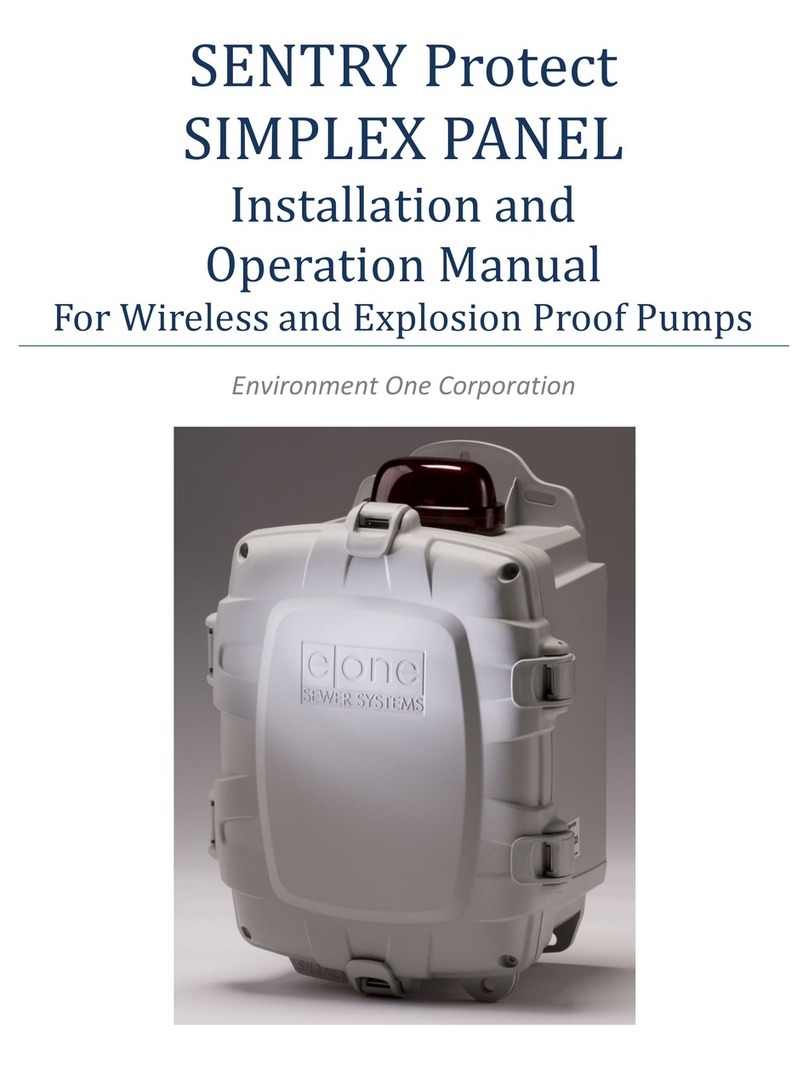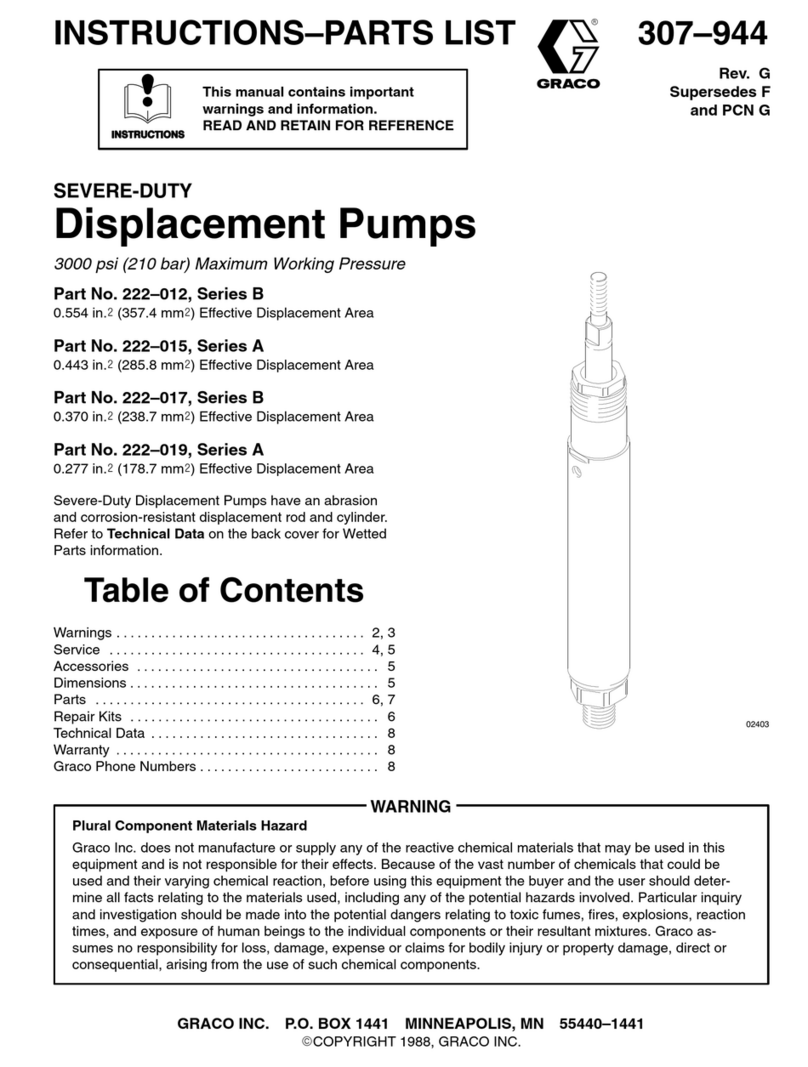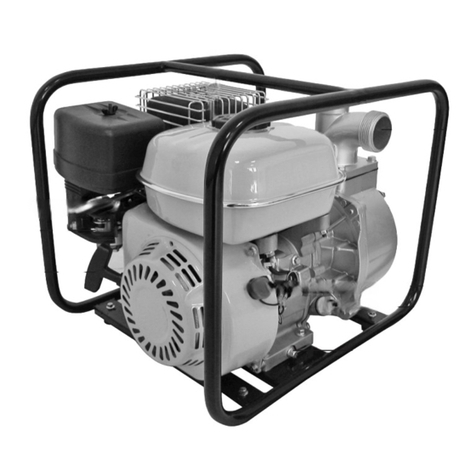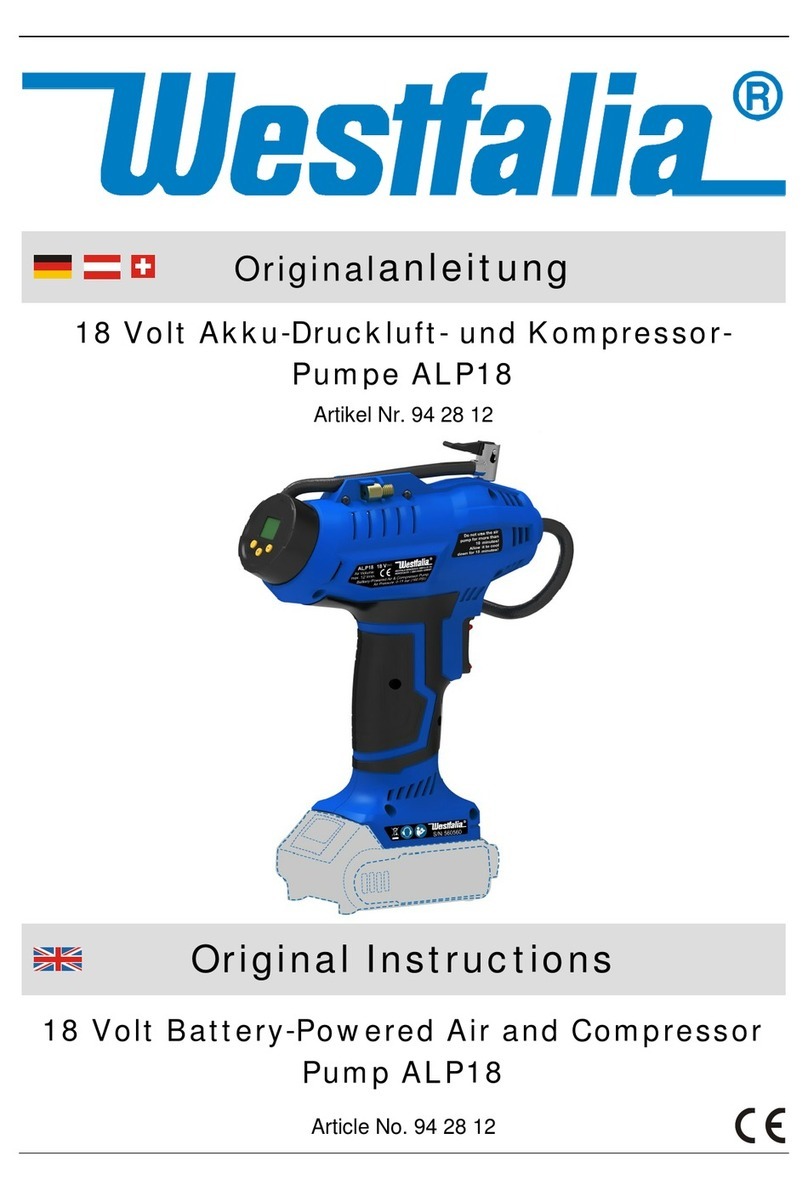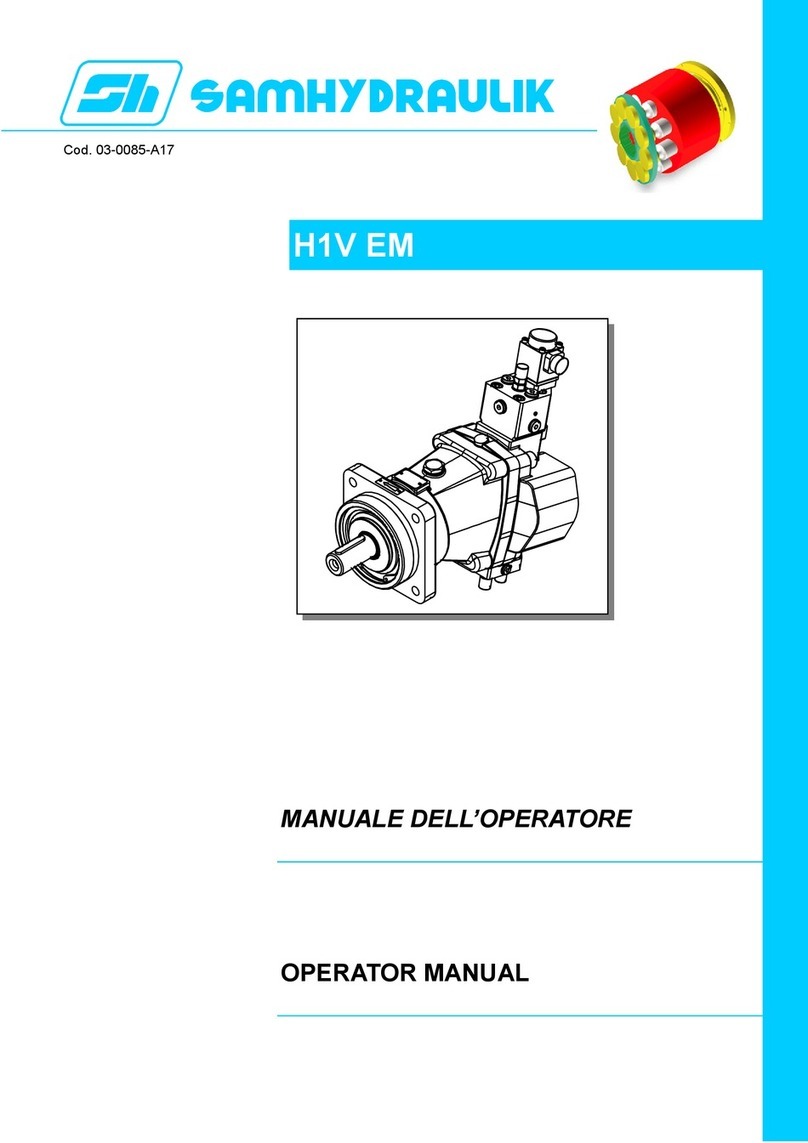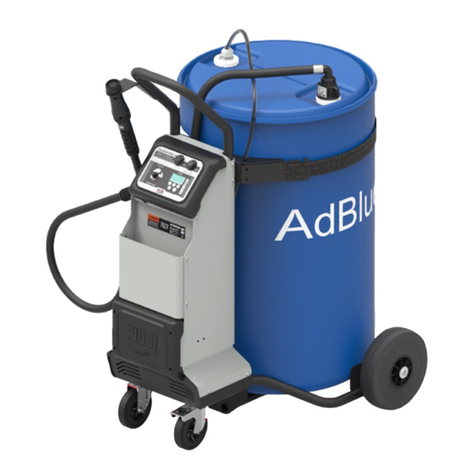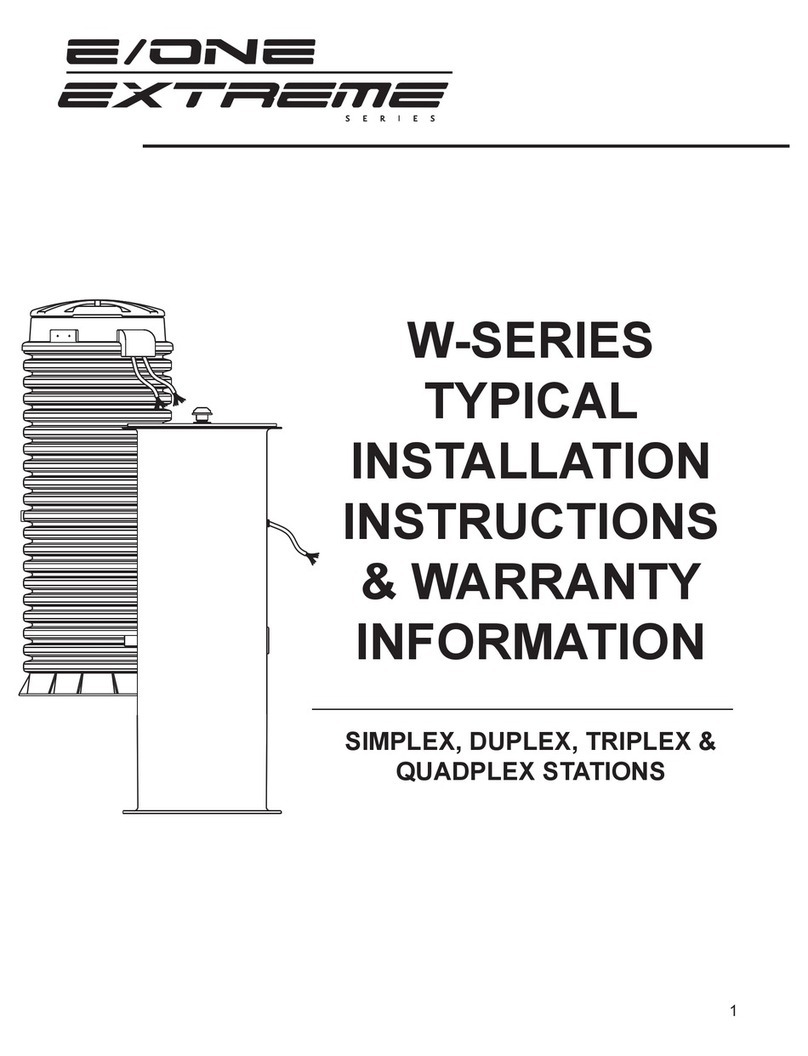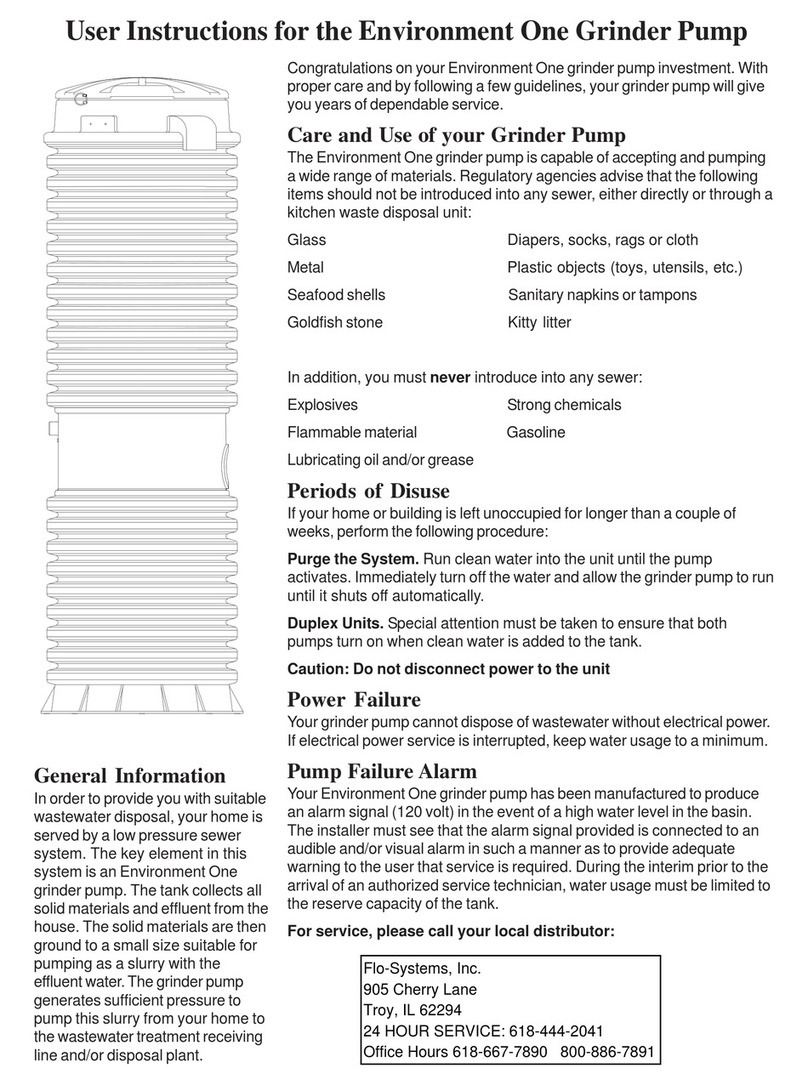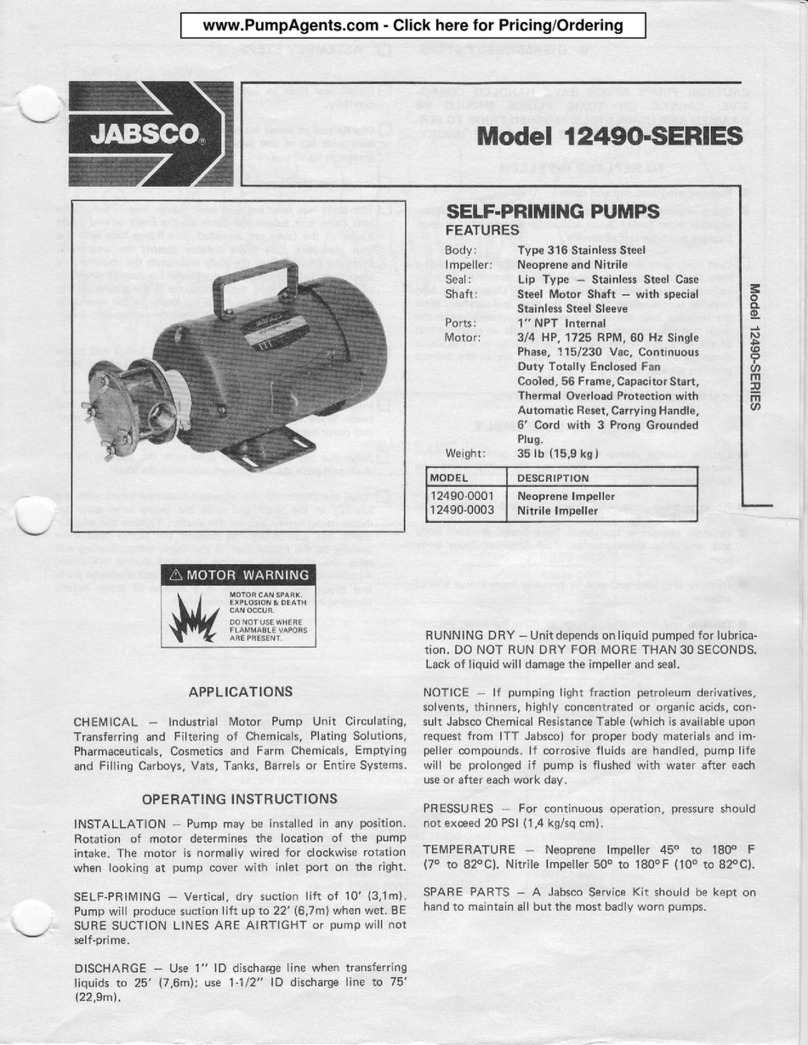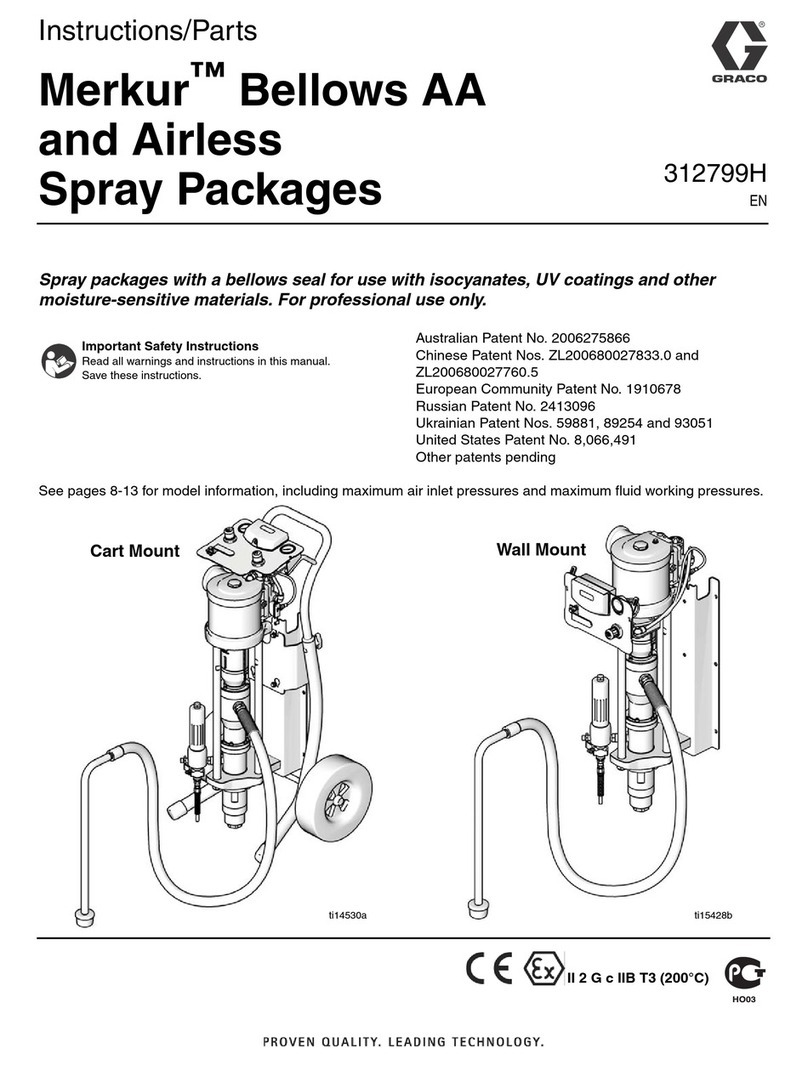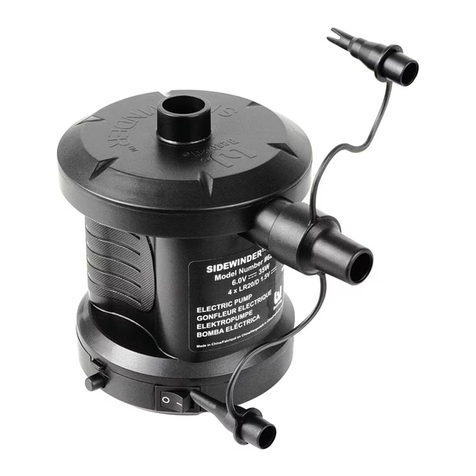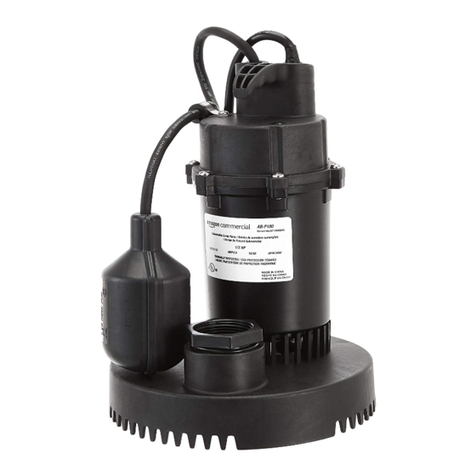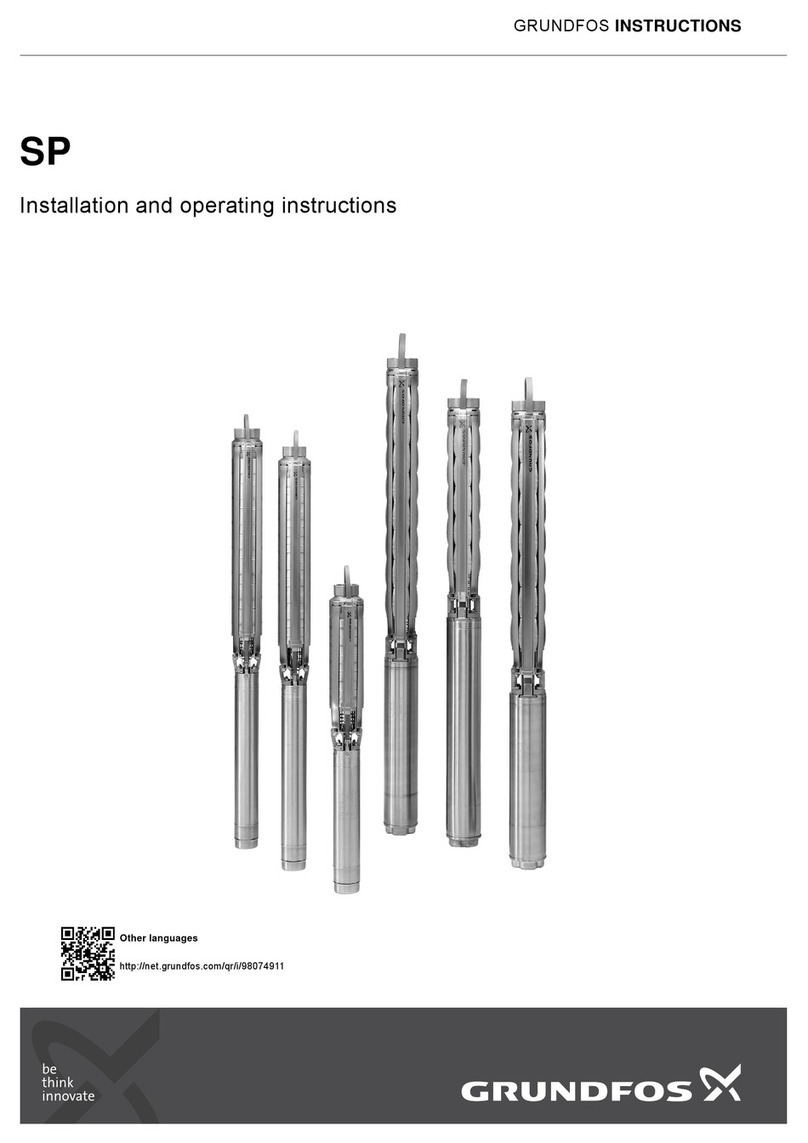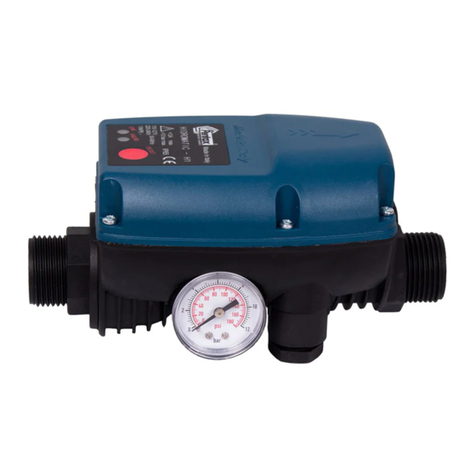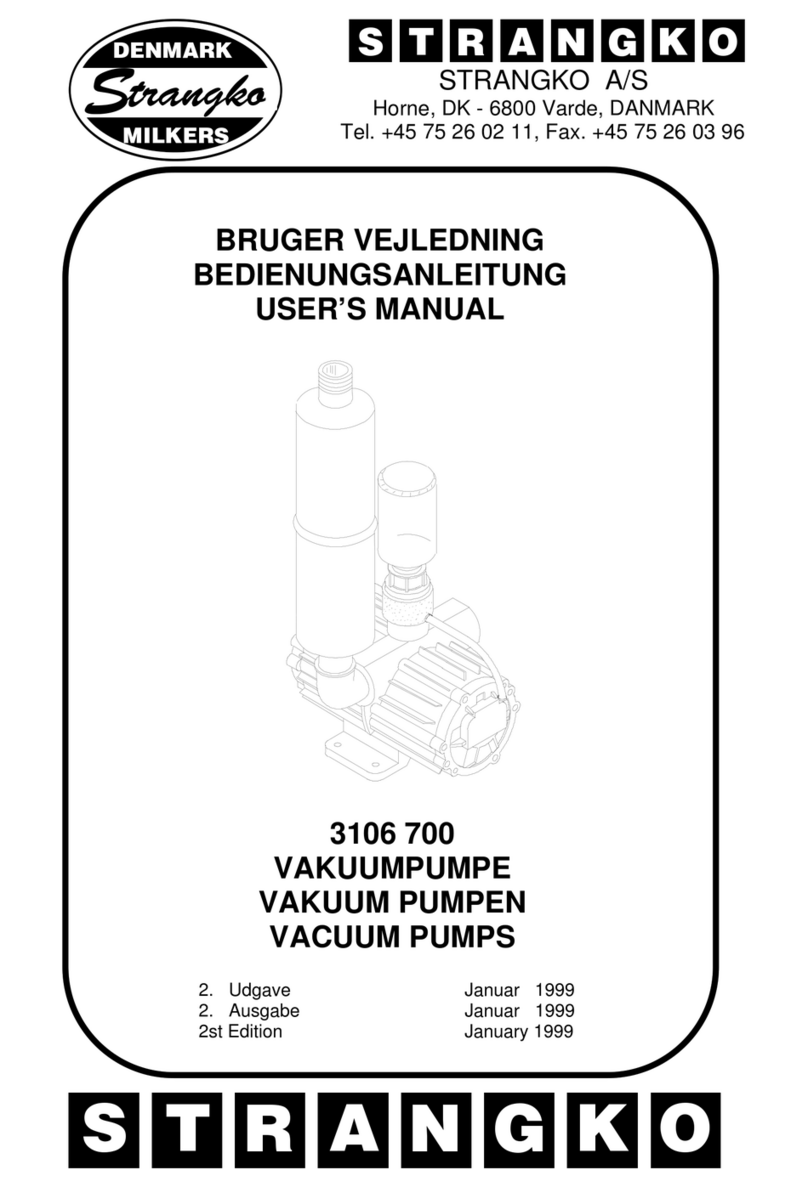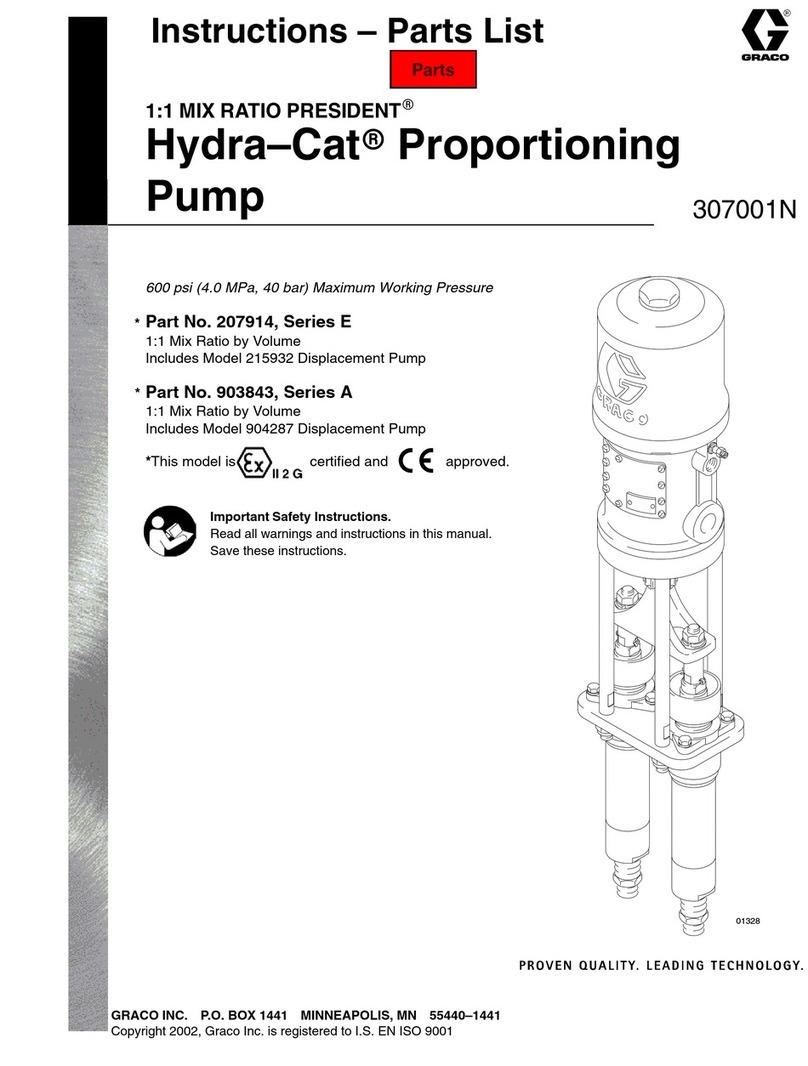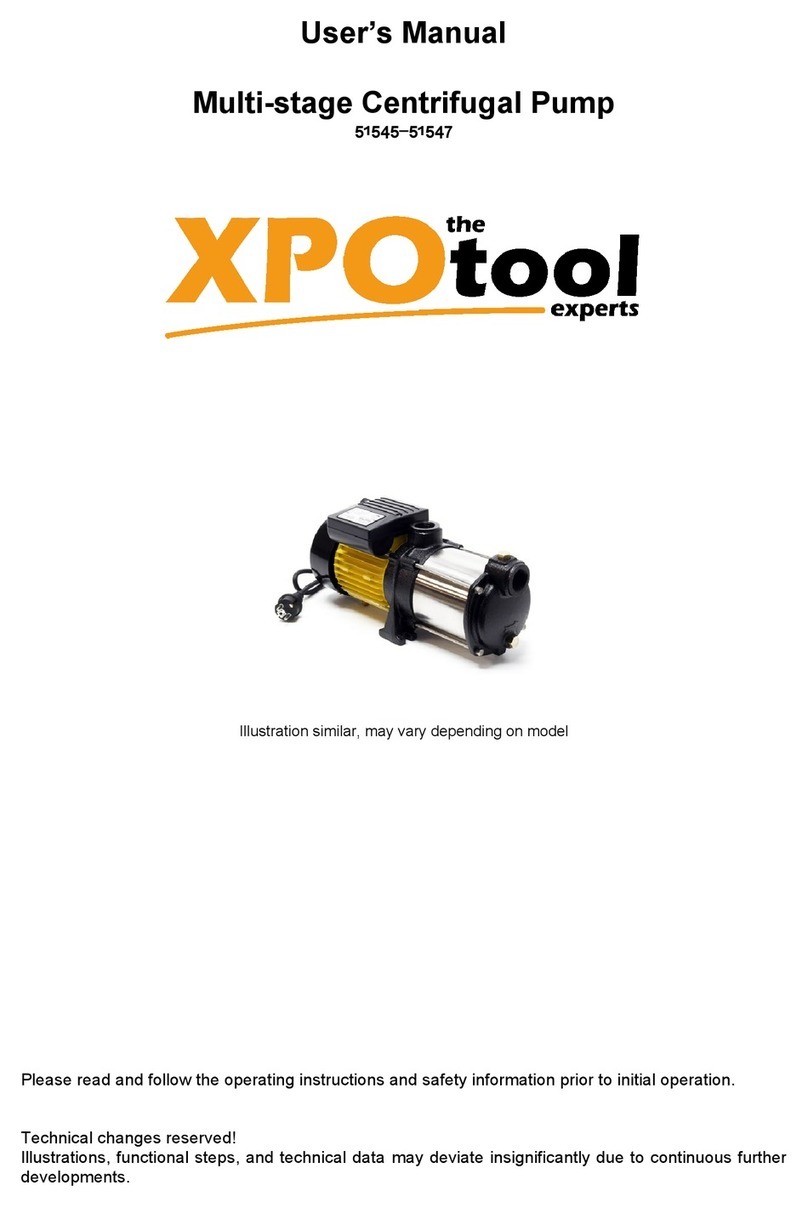
6
the native soil is sand or if a
high, uctuating water table
is expected. Class I, angular
crushed stone, oers an added
benet in that it needs minimal
compaction. Class II, naturally
rounded stone, may require
more compactive eort, or
tamping, to achieve the proper
density.
If the native soil condition
consists of clean, compactible
soil with less than 12% nes,
free of ice, rocks, roots, and
organic material, it may be
an acceptable backll. Such
soil must be compacted in
lifts not to exceed one foot to
reach a nal Proctor Density
between 85% and 90%. Non-
compactable clays and silts
are not suitable backll for this
or any underground structure
such as inlet or discharge
lines. If you are unsure of
the consistency of the native
soil, it is recommended that a
geotechnical evaluation of the
material be obtained before
specifying backll.
Another option is the use of
a owable ll (i.e., low slump
concrete). This is particularly
attractive when installing
grinder pump stations in
augured holes where tight
clearances make it dicult to
assure proper backlling and
compaction with dry materials.
Flowable lls should not be
dropped with more than 4
feet between the discharge
nozzle and the bottom of the
hole because this can cause
separation of the constituent
materials.
6. VENTING: The unit must
be properly vented to assure
correct operation of the pump.
If you have an indoor unit, it
can be vented through the
2” port supplied at the top of
the wetwell or through the
incoming sewer line with a 2”
pipe (the vent must be within
4 feet of the grinder pump,
and before the rst change of
direction tting).
Outdoor units are supplied
with a vent pipe from the
wetwell to the top of the
accessway. Failure to properly
vent the tank will result in faulty
operation and will void the
warranty.
7. ELECTRICAL
CONNECTION: (Supply panel
to E/One Alarm Panel) Before
proceeding, verify that the
service voltage is the same as
the motor voltage shown on the
name plate. An alarm device is
to be installed in a conspicuous
location where it can be readily
seen by the homeowner. An
alarm device is required on
every installation. There shall
be no exceptions.
Wiring of supply panel and
alarm panel shall be per
Figures 2a and 2b, alarm panel
wiring diagrams and local
codes. A dedicated 30 amp
breaker is required before all
simplex alarm panels.
8. ELECTRICAL
CONNECTION: (Pump to
Panel) (Fig. 4) The grinder
pump station is provided
with a cable for connection
between the station and the
alarm panel (supply cable).
The supply cable is shipped
inside the station with a small
portion fed through the cable
connector mounted on the
wall of the berglass shroud.
The supply cable, a six
conductor tray cable, meets
NEC requirements for direct
burial as long as a minimum of
24” burial depth is maintained.
Those portions of the cable
which have less than 24” of
cover must be contained in
suitable conduit. This includes
the vertical portion dropping
to a 24” depth at the station
and the length rising out of the
ground at the control panel.
NOTE: Wiring must be installed
per national and local codes.
Conduit must enter panel from
bottom and be sealed per NEC
section 300.5 & 300.7.
8a. Installing E/One supply
cable:
1) Open the lid of the
station. Locate the cable and
the feed-thru connector on
the wall of the shroud. If the
station has a eld joint and
was delivered in two pieces,
be sure both halves of the
EQD are securely assembled
together. Loosen the nut on
the connector and pull the
supply cable out through
the connector until it hits the
crimped-on stop feature on the
cable, approximately 24” from
the EQD. **IMPORTANT: All
but 24” of the cable must be
pulled out of the station, and
the EQD and Equalizer should
be hung as high in the station
as possible to ensure that the
pump functions properly. Do
not leave the excess cable in
the station.
2) Retighten the nut. This
connection must be tight or
ground water will enter the
station.
3) Feed the wire through the
length of conduit (contractor
provided), which will protect it
until it is below the 24” burial
depth.
4) Position the conduit
vertically below the cable
connector along side of the
station reaching down into the
burial depth. Attach the small
berglass guard (protective
shroud) provided with the

















